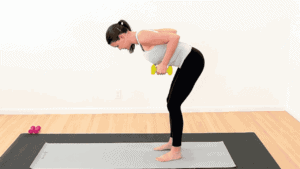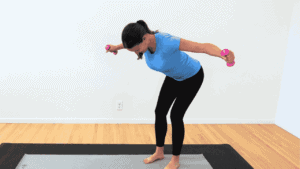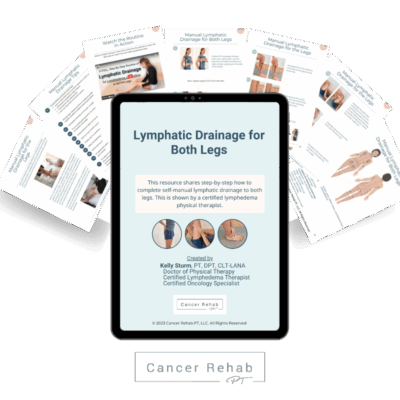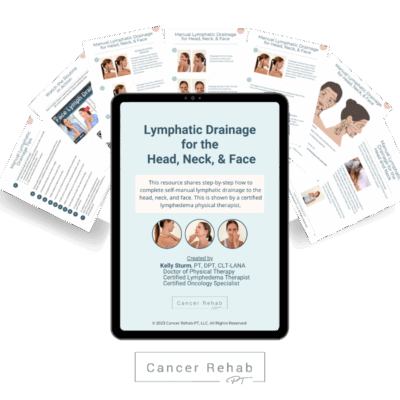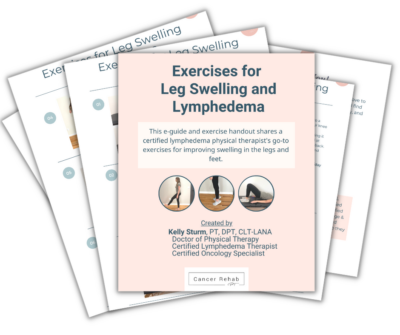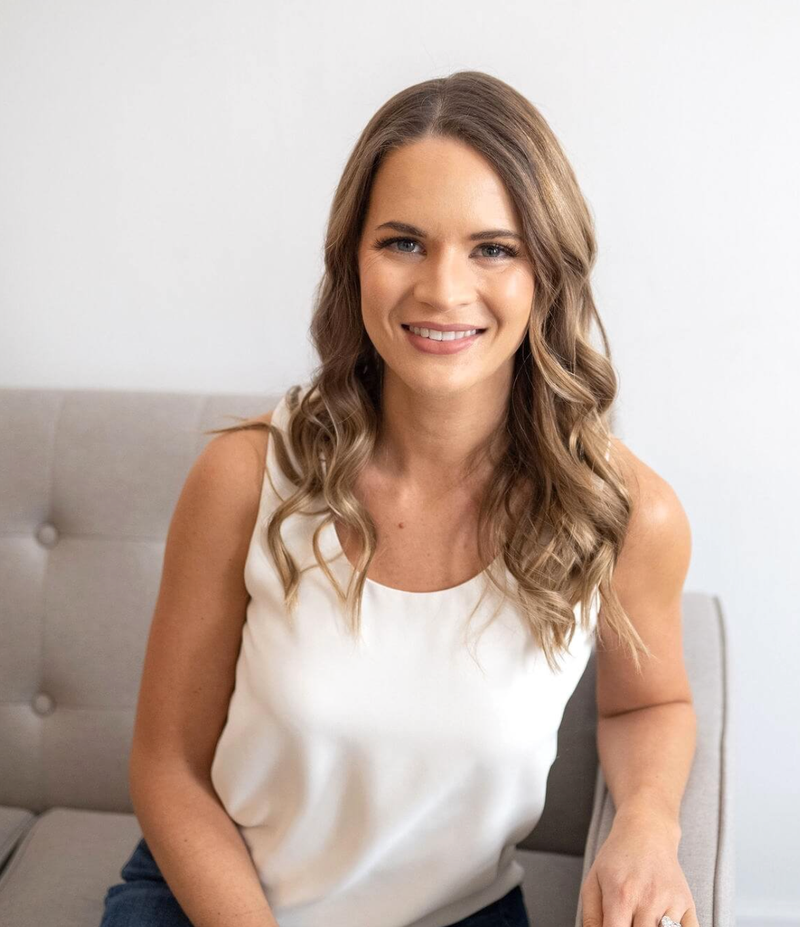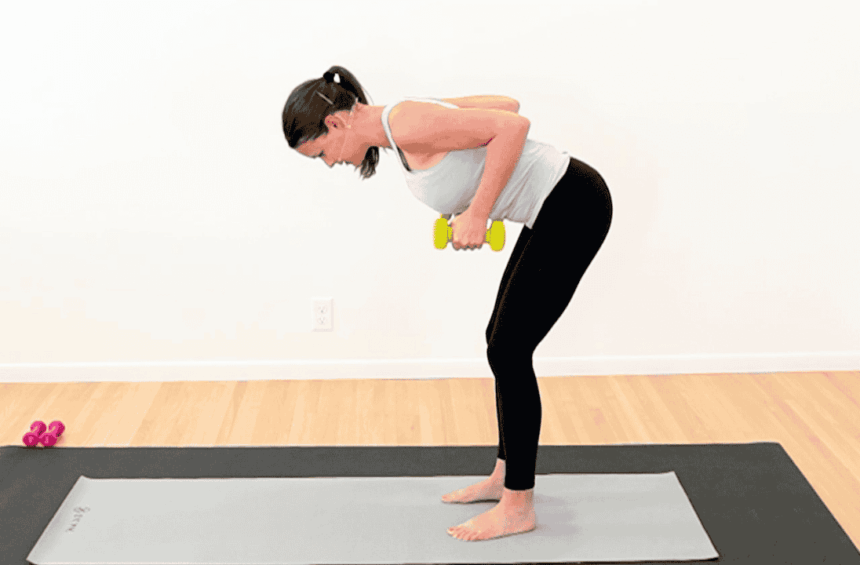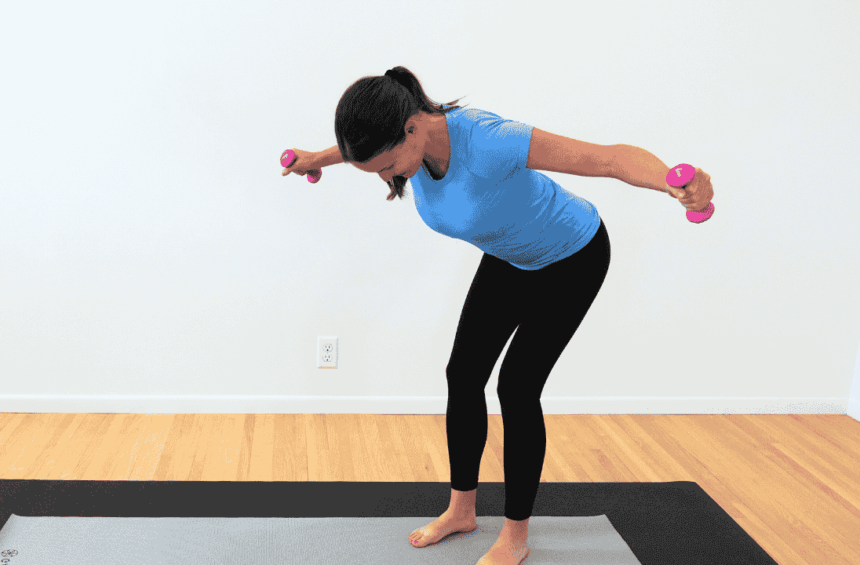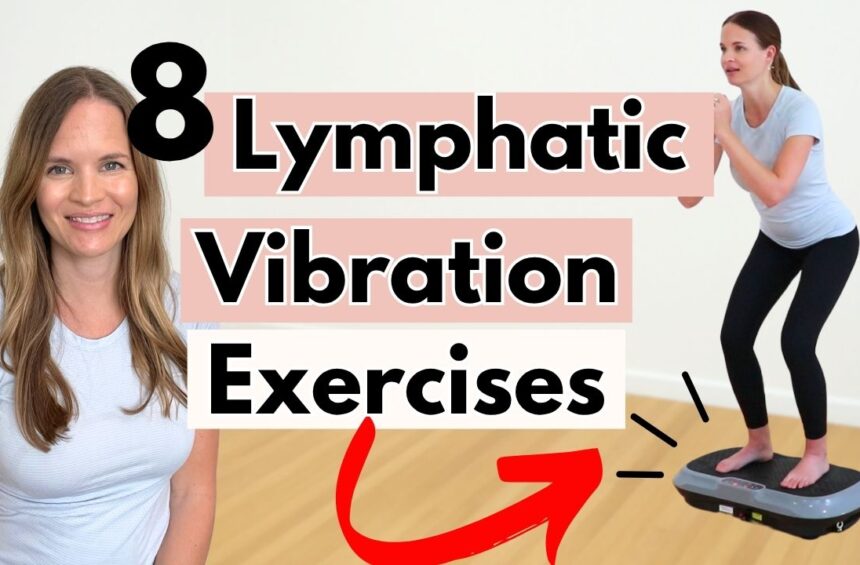Lymphedema is a chronic condition that causes swelling in affected areas, such as your legs and arms, because of the accumulation of lymphatic fluid. Living with lymphedema often feels like a daily battle, but there are things you can do to reduce uncomfortable symptoms and limitations.
Lymphatic drainage massage – also known as Manual Lymphatic Drainage (MLD) – is one of the most effective ways to reduce swelling and support your lymphatic system.
If you want to manage lymphedema symptoms more effectively, lymphatic drainage massage can offer you profound relief. It can also help you feel more empowered as you navigate living with lymphedema.
It’s important to remember that you don’t have to accept swelling and discomfort as your new normal. Lymphedema is a chronic condition, but learning techniques like lymphatic drainage massage helps you minimize lymphedema symptoms and maximize your life!
Understanding Lymphedema and Lymphatic Drainage
Lymphedema is a chronic condition that affects up to 10 million Americans1 and hundreds of millions of people worldwide. It is characterized by swelling due to the accumulation of lymphatic fluid in different parts of your body, most commonly in your arms and legs.
Lymphedema can arise from various factors, including congenital abnormalities (primary lymphedema) or damage to the lymphatic system from surgery, radiation therapy, infection, or trauma (secondary lymphedema). Secondary lymphedema often manifests after cancer treatment.
Lymphatic drainage massage is a gentle yet powerful approach to managing lymphedema symptoms by stimulating lymphatic flow.
It helps move lymph fluid out of the affected area and reduce swelling. It also makes your lymphatic system healthier so your lymph nodes and lymph vessels function better and you don’t retain as much lymph fluid.
What Is Lymphatic Drainage Massage?
Lymphatic drainage massage, or manual lymphatic drainage (MLD), is a specialized therapeutic technique that stimulates your lymphatic system and helps it function better.
Unlike traditional massage techniques that target muscles and tissues, lymphatic drainage massage promotes the movement of lymph fluid throughout your body. Lymphatic drainage massages can be highly beneficial for managing lymphedema symptoms.
You can see a certified lymphedema therapist to get a lymphatic drainage massage or learn how to do it at home.
Using gentle pressure and rhythmic strokes, a certified therapist encourages lymph flow to reduce tissue swelling and improve the health of your lymphatic system. As a Certified Lymphedema Therapist, I often use lymphatic massage to treat lymphedema in my practice.
How Do You Do a Lymphatic Drainage Massage?
To perform a lymphatic massage, certified therapists use gentle and rhythmic strokes to stimulate the lymph flow and promote decongestion. They use a mix of light pressure and circular motions to move excess fluid out of the affected area, reducing swelling and discomfort.
Seeing a certified therapist is helpful, but you can also learn lymphatic drainage massage techniques and do them at home. I have several lymphatic massage guides that you can use to do self-lymphatic massage:
- Head, Neck, and Face Manual Lymphatic Drainage Guide
- Both Legs Manual Lymphatic Drainage Guide
- Left Leg Manual Lymphatic Drainage Guide
- Right Leg Manual Lymphatic Drainage Guide
- Both Arms Manual Lymphatic Drainage Guide
- Left Arm Manual Lymphatic Drainage Guide
- Right Arm Manual Lymphatic Drainage Guide
- Lymphatic Drainage for a Healthy Lymphatic System
Keep in mind that you should get cleared by your doctor before trying to do a manual lymphatic drainage massage at home.
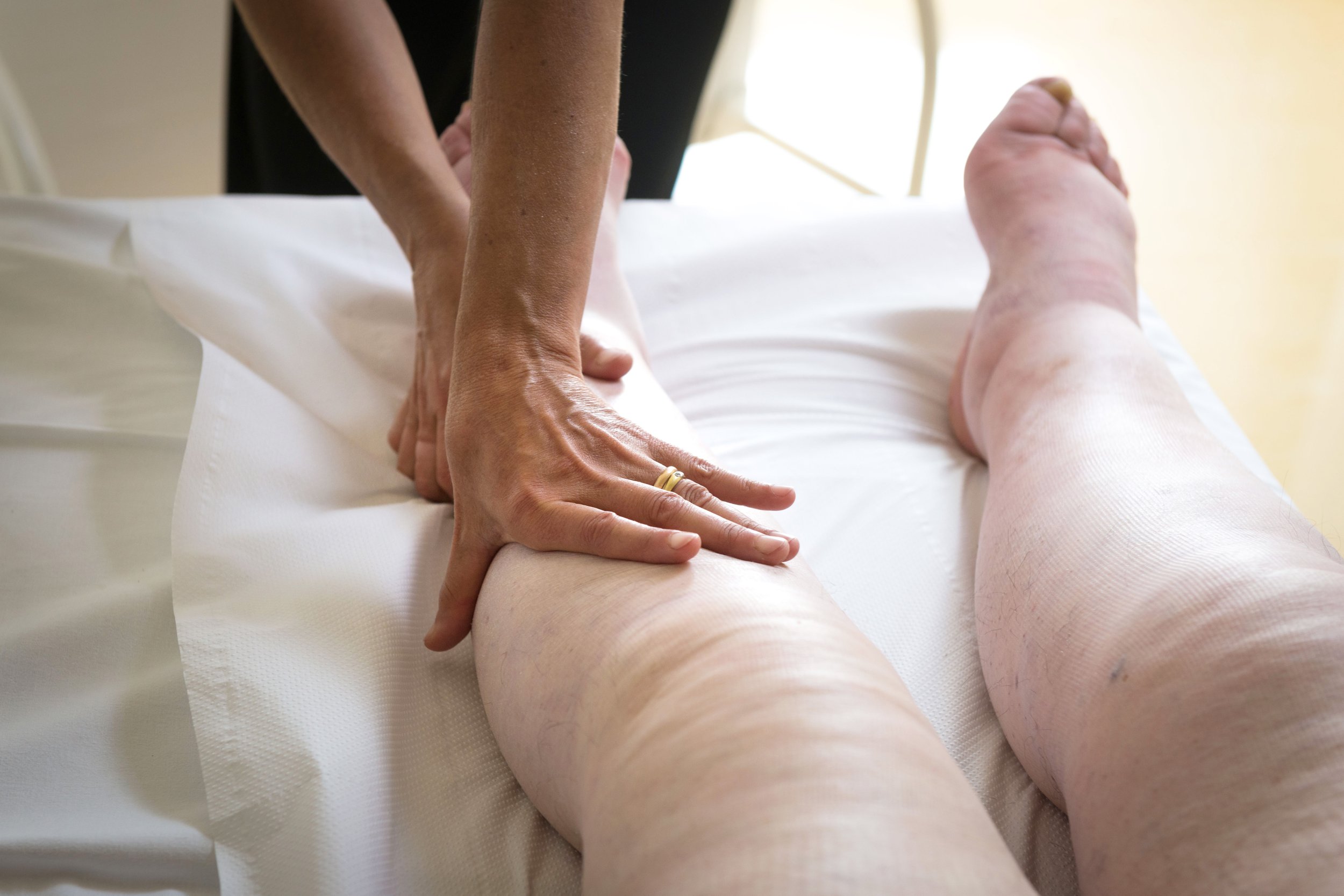
Benefits of Lymphatic Drainage Massage
Lymphatic drainage massage helps stimulate lymphatic flow, reduce swelling, and promote the removal of extra fluid from affected areas.
Manual lymph drainage is a standard component of lymphedema treatment, but some studies have shown mixed results of its effectiveness. This doesn’t mean that lymphatic drainage massage is not effective. It simply means that you should try different manual lymphatic drainage routines and see what works for you. I like to think of MLD as a tool in your self-care toolbox!
I share extensive lymphatic drainage massage resources in my program Lower Body Lymphedema Rehab.
1. Reduced Swelling
Lymphatic drainage massage helps stimulate the movement of lymphatic fluid throughout your body. Its gentle and targeted pressure encourages the drainage of excess fluid from tissues, particularly in areas prone to swelling such as your arms and legs.
Lymphatic massage promotes the flow of lymph to your lymph nodes, where toxins and waste products are filtered and eliminated. This not only relieves discomfort and heaviness associated with swelling but also supports your overall lymphatic system.
2. Better Lymphatic Function
Lymphatic drainage massage provides temporary swelling relief, but it also stimulates sluggish lymphatic vessels and helps alleviate the burden on your compromised lymphatic system. This helps with the long-term management of lymphedema and makes the chronic swelling less intense so you can get it under control easier.
3. Better Quality of Life
Lymphedema often makes normal daily activities, such as walking or brushing your hair, challenging. Supporting your lymphatic system through lymphatic drainage massage helps you with swelling, pain management, and discomfort so you can live life more fully.
4. Prevention of Complications
Lymphatic drainage massage can help with proactively managing early or moderate lymphedema symptoms. Left untreated, lymphedema can lead to complications such as infections and skin changes, but building a strong lymphedema self-care routine allows you to support your lymph system and prevent severe swelling.
Can You Do a Lymphatic Drainage Massage at Home?
Yes, you can do lymphatic drainage massage at home, but it’s important to consult with your healthcare provider first, especially if you have any underlying health conditions or concerns. Your healthcare provider can guide you on specific techniques tailored to your needs and advise you on any precautions to consider.
When treating lymphedema, it’s important to develop a routine that works for you and doesn’t take multiple hours per day. In Lower Body Lymphedema Rehab, I share various tools that you can use to start feeling your best, including lymphatic drainage massage, bandaging routines, skin care recommendations, and more!
FAQs
Are there any risks associated with lymphatic drainage massage?
Lymphatic drainage massage is generally considered safe and well-tolerated for most people. In some cases, vigorous or improper massage techniques may cause discomfort, bruising, or irritation, particularly in people with sensitive skin or underlying medical conditions. People with certain health conditions, such as congestive heart failure, deep vein thrombosis, acute infections, or active cancer, may need to avoid or modify lymphatic drainage massage. Make sure to consult with a qualified healthcare provider before starting lymphatic drainage massage, especially if you have any pre-existing health concerns!
What conditions can lymphatic drainage massage help with?
In addition to lymphedema, lymphatic drainage massage can provide relief and support for a variety of conditions, including post-surgical recovery, rheumatoid arthritis, fibromyalgia, edema, chronic venous insufficiency, lipedema, and skin conditions such as acne, cellulite, and eczema. Lymphatic drainage massage also supports your immune system. It doesn’t only reduce lymphedema symptoms. It also helps you maintain optimal health and resilience against illness!
How often should you get a lymphatic drainage massage?
It ultimately depends on your individual needs and the severity of your symptoms! When you start treating lymphedema symptoms, it’s important to build a self-management routine that works for your needs and your schedule. Life doesn’t stop when you have lymphedema, but small changes lead to big results. In Lower Body Lymphedema Rehab, I share techniques and tips that you can fit into your everyday life to make it easier (vs. harder).
Is it good to get a lymphatic drainage massage?
Yes, lymphatic drainage massage can be beneficial for people living with lymphedema. Stimulating lymphatic flow offers gentle yet powerful relief from swelling, improves mobility, and enhances your overall quality of life. While some studies on the effectiveness of lymphatic drainage massage show mixed results, testing different lymphatic drainage massage routines can help you find an approach that works for you.
Can I do a lymphatic drainage massage myself?
Yes, you can do lymphatic drainage massage at home, but it’s essential to learn proper techniques and get cleared by your healthcare provider, especially if you have underlying health conditions or concerns. I have a lymphatic drainage routine playlist on YouTube to help you get started as well as extensive printable guides. For in-depth education on how to manage lymphedema (including lymphatic drainage massage), learn more about my program Lower Body Lymphedema Rehab.
Does lymphatic drainage massage help with lymphedema?
Yes, lymphatic drainage massage can be an effective tool to treat lymphedema. It stimulates your lymphatic flow and immune system, which helps remove extra fluid from affected areas and reduce swelling. Lymphatic drainage massage not only provides temporary relief but can also make your lymphedema symptoms more manageable in the long run.
What else can I do to manage lymphedema symptoms better?
In addition to lymphatic drainage massage, there are several strategies you can incorporate to manage your lymphedema symptoms. Compression therapy, physical exercise, practicing good skin care habits, maintaining a balanced diet, staying hydrated, managing stress levels, and elevating swollen limbs can all help with improving lymphedema symptoms and your quality of life. I share exercises and self-care practices that you can use to control swelling in my comprehensive program Lower Body Lymphedema Rehab.
Get More Resources in Lower Body Lymphedema Rehab
Lymphatic drainage massage is an effective way to manage swelling, but minimizing lymphedema symptoms requires a comprehensive approach.
When living with lymphedema, discomfort and limitations are common, but it doesn’t mean that they have to be normal for you.
Integrating the right exercises and self-care practices into your routine can help you reduce lymphedema symptoms, prevent the condition from getting worse, and start feeling more confident and in control.
As a Certified Lymphedema Therapist, I have helped hundreds of people living with lymphedema create a self-care routine that makes them feel healthy and empowered.
To make lymphedema education and care more accessible to more people, I created a program called Lower Body Lymphedema Rehab.
It is an affordable alternative to help those living with lymphedema get support and minimize limitations. It comes at a fraction of the cost of physical therapy and includes techniques and exercises that you can keep coming back to!
Article Sources
- The Lymphatic Education & Research Network ↩︎

